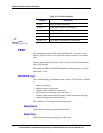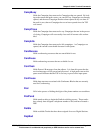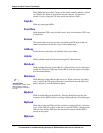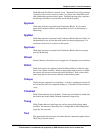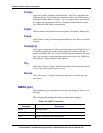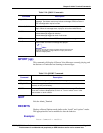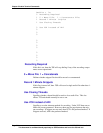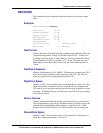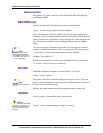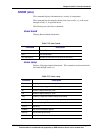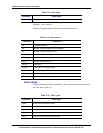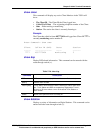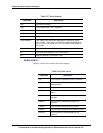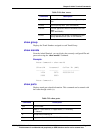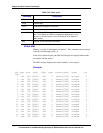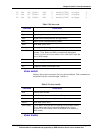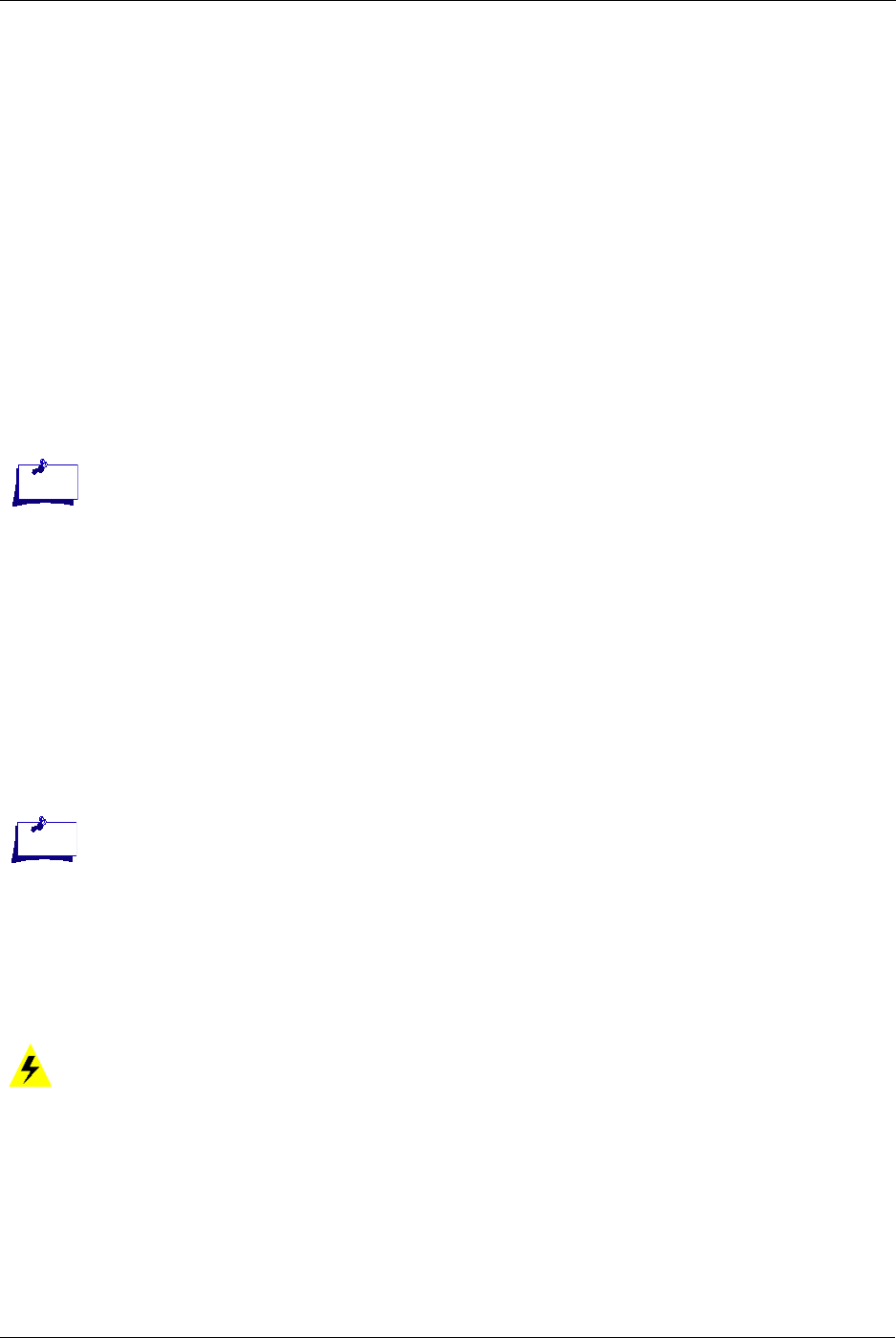
Chapter 5 Admin Terminal Commands
Page 5-26 Version 4.0 CPSEE_TSP500 User Guide
This document is confidential and proprietary to SER Solutions and is not for external use.
RecControlCnt
The Number of ‘control” messages received from the Recording Manage-
ment Module RRM
RECORD (rec)
Records the specified Voice Message from the specified Station.
Syntax: record <message name> <station number>
The <message name> is the file name of the voice message (including any
extension). The file will be written to the /usr/vox directory. When this com-
mand is entered, the user will hear a beep signifying it is OK to begin record-
ing. When the user wishes to stop recording, he/she should press Enter
again.
You can use the play command to ensure the voice message was recorded
properly. Although the filename of the voice message will be stored with a
.wav extension, it should not be entered at the Admin Terminal.
Example: Record hello 23
The above command will record a voice file named hello.wav from station
23. It will be stored in the /usr/vox directory.
RLOOP
Establishes a Remote Loopback on the specified T1 or E1 span.
Syntax: rloop <span #>
The span # is the card slot number displayed in the slots screen. Any span
that is in remote loopback will have the text R_LOOP displayed at the end of
the line associated with that span.
Entering the same command again will toggle the remote loopback off.
SHOOK
Forces a toggle of the specified station’s hook status.
Syntax: shook <station number[ or range of stations] >
Note:
If voice messages are cre-
ated external to TSP, they
must adhere to the TSP for-
mat of 8Khz, 8bit, and U law
or A law companding.
Note:
This feature is not available at
this time.
Caution!
This command should NEVER
be used on a live system. It is
intended for engineering use
only, or systems running in
simulation.



